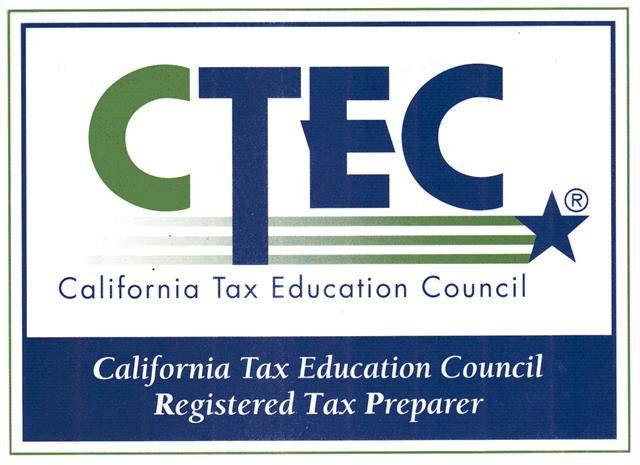
by Ambassador Tax Services, Inc. | Mar 2, 2022 | Tax Tips and News
“Just when I thought I was out, they pull me back in.”
– Michael Corleone, The Godfather: Part III
It turns out the Internal Revenue Service isn’t entirely done with facial recognition software after all. While the agency once again confirmed they will not require biometric data for IRS Online Account registration, it would remain an option for taxpayers who prefer that verification method—with additional security measures in place to protect taxpayers’ privacy.

On February 7, the IRS announced that it would “transition away from using a third-party service for facial recognition to help authenticate people creating new online accounts.” At the time, the agency noted that this transition would involve finding a new default security process that does not raise the same privacy concerns as requiring taxpayers to submit a selfie. Last week, the agency announced a “short-term solution.”
“Taxpayers will have the option of verifying their identity during a live, virtual interview with agents; no biometric data—including facial recognition—will be required if taxpayers choose to authenticate their identity through a virtual interview,” the IRS confirmed. These interviews will be the default authentication method for the tax-year 2022 filing season, but “the IRS will work closely with partners across government to roll out Login.Gov as an authentication tool … with the goal of introducing this option after the 2022 filing deadline.”
However, critics of third-party facial recognition software may not be satisfied that this method is still available, even if it’s purely optional. To address those concerns, the IRS noted that the service provider would be required to delete all images that are used for verification after the account has been created. Further, images that were received before the agency stopped requiring facial recognition “will also be permanently deleted over the course of the next few weeks.”
Source: “IRS Statement — New features put in place for IRS Online Account registration; process strengthened to ensure privacy and security,” IRS.gov
– Story provided by TaxingSubjects.com

by Ambassador Tax Services, Inc. | Mar 1, 2022 | Tax Tips and News
The Internal Revenue Service has published a new set of frequently asked questions on the Premium Tax Credit, giving taxpayers the latest and best information on how—and why—to claim the credit.
Start with the basics
The Premium Tax Credit is aimed at low- or moderate-income taxpayers and families who may not be able to afford health insurance that is sold through the Health Insurance Marketplace (also known as the Exchange).
Credit amounts are based on a sliding scale: the lower the income of the qualifying taxpayer, the higher the credit amount available to help cover the cost of their health insurance.
When taxpayers sign up for health insurance through the Marketplace, they can choose to have the Marketplace figure an estimated credit, which will be paid to the insurance company directly to lower what the taxpayer has to pay for their monthly health care premiums.
The taxpayer has the option to have these advance payments made for them by the Marketplace. If that’s the case, the taxpayer will have to reconcile the amount of advance credit they got with the actual credit amount when they file their tax return for the year.
Whether or not direct payments were authorized, the taxpayer fills out Form 8962, Premium Tax Credit (PTC) and sends it to the IRS with their income tax return.
The Premium Tax Credit is refundable, which means the taxpayer can receive the difference between the amount of the credit and their tax due as a refund. Even if the taxpayer doesn’t owe any tax, they may still qualify to get the entire credit amount refunded.
Updating the FAQs
The IRS has published the updated frequently asked questions surrounding the Premium Tax Credit in Fact Sheet 2022-13, found on the IRS website.
The new and improved FAQs include:
- Updated The Basics FAQs: Q1, Q3, Q4
- Updated Eligibility FAQs: Q5, Q7, Q8, Q9, Q11
- Updated Reporting, Claiming and Reconciling FAQs: Q24, Q26, Q27
- Updated Suspension of Repayment of Excess Advance Payments of the Premium Tax Credit (Excess APTC) for Tax Year 2020 FAQs: Q33, Q36
- New Unemployment Compensation 2020 and 2021 FAQs: Q38 through Q45
The IRS reminds that frequently asked questions are their vehicle to deliver the updated information quickly to taxpayers, but should not be relied upon for legal advice before such bodies as the Tax Court.
More information about such reliance is available.
Sources: IR-2022-44; FS-2022-13
– Story provided by TaxingSubjects.com








